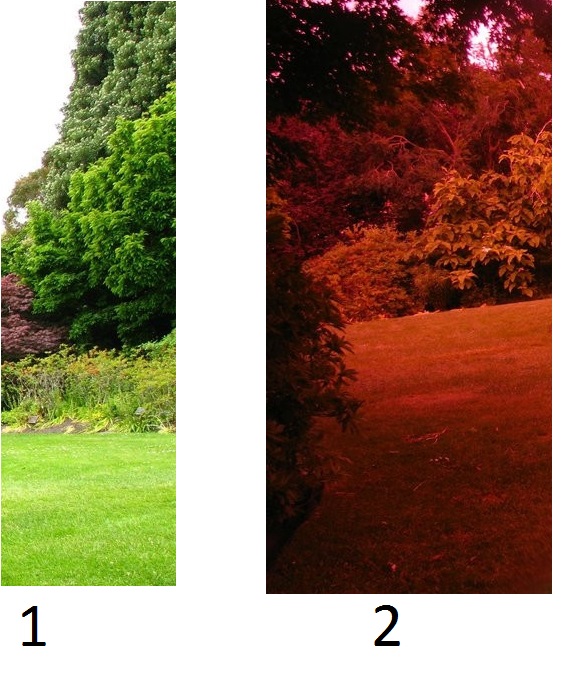I am currently working on some simple pixel shader in HLSL. I send to shader texture and I want to make it more colorful (something like in the picture below).
In the picture 1 there is original texture. Picture 2 shows an effect that I want to achieve. Is there some mathematical formula to do that? My input is the RGBA value of each pixel.
EDIT: I'll try to write more concrete.
Let's say I want to make that garden texture more red. I suppose that what I need to do is:
OutputR = InputR * X,
OuputG = InputG * Y,
OutputB = InpputB * Z
But how do I find X, Y and Z?



